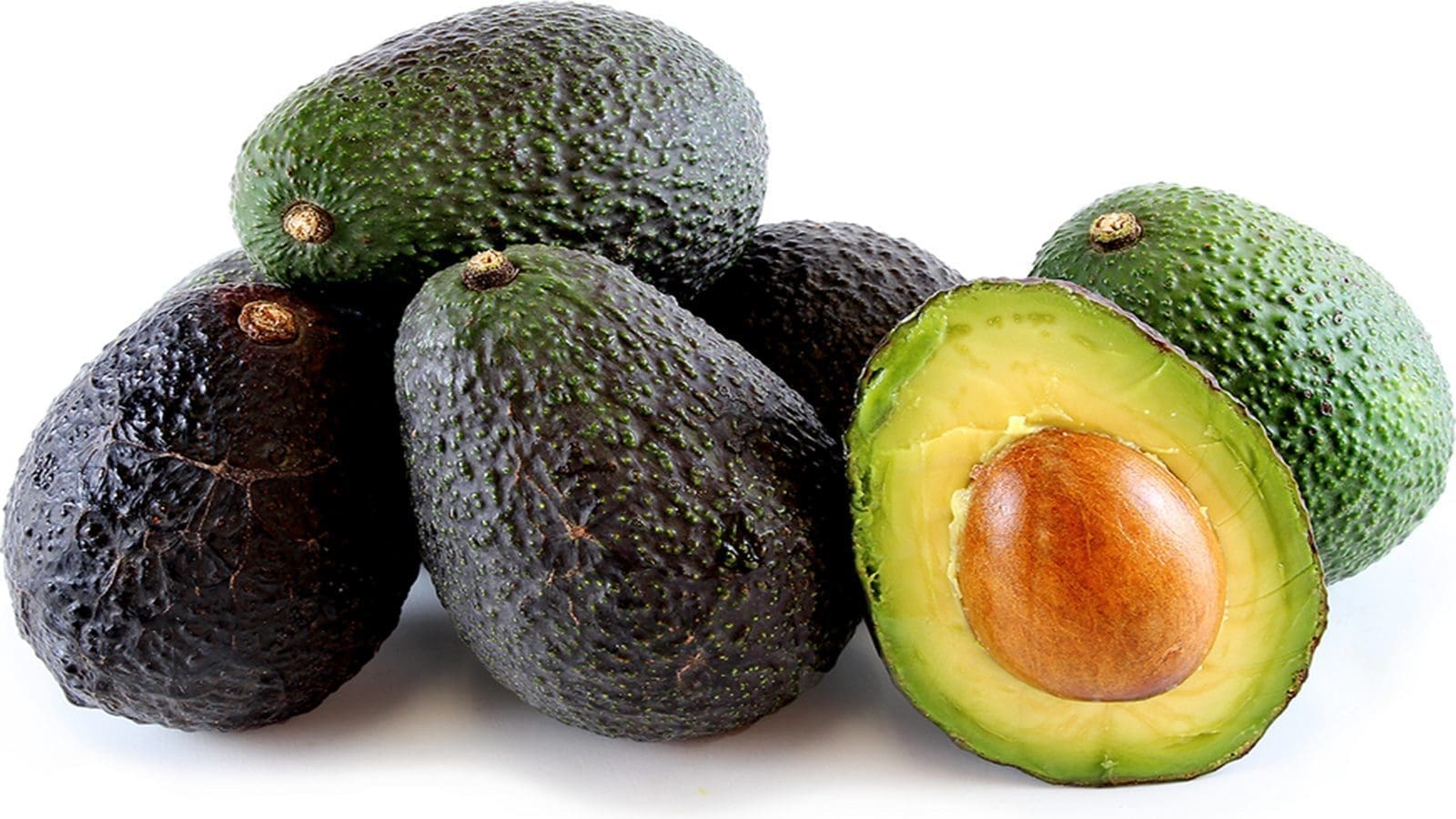AFRICA – The Sectoral Council on Agriculture and Food Security (SCAFS), has called for the urgent need for the region to implement harmonized policies, and to operationalize regional instruments, in order to guarantee sustainable agricultural production, trade in commodities and to attain sustainable regional food and nutrition security.
It had earlier in 2019 given a nod to harmonized procedures for conducting Pest Risk Analysis (PRAs) for maize, beans and rice.
Subsequently, development of harmonized Standard Operating Procedures (SOPs) for inspection of the cereals were required to operationalize the PRAs.
In order to curtail pests, the council has finally adopted the SOPs for operationalizing PRAs for maize, beans and rice.
On regional food security the council observed there was commendable commitment and progress towards meeting global and continental nutrition targets, as efforts to reduce levels of malnutrition were evident across all the partner states.
However, it noted that levels of stunting, underweight and anemia are still high above the targets set under the CAADP/Malabo Declaration.
The meeting therefore saw the need for the partner states to direct more technical and financial resources in projects and programmes established to enhance food and nutrition security.
The council directed the secretariat and urged partner states to fast track implementation of the EAC Aflatoxin Prevention and Control Strategy (APCS) to curb aflatoxin incidences.
Aflatoxin contamination poses a serious threat to human and animal health, and to the economies of the East African Community (EAC) partner states.
The strategy contains recommendations on interventions required to mitigate impacts and effects of aflatoxin along the food and feed value chains.
The council expressed that AU Member States were required to demonstrate their commitment to the ideals and principles of Africa Agriculture Development Programme (CAADP) by following relevant CAADP processes.
CAADP is Africa’s policy framework for agricultural transformation, wealth creation, food security and nutrition, economic growth and prosperity for all.
“This will ensure that there are appropriate actions to achieve accelerated agricultural growth and transformation for shared prosperity and improved livelihoods for the population on the continent, by 2025,” said Mr. Angolo Omuhaka, the Kenyan chief administrative secretary, ministry of Agriculture.
Mr. Omuhaka further noted with concern that the Second CAADP biennial report submitted to the AU General Assembly in February, 2020 showed that the Eastern Africa region, with the exception of the republic Rwanda, was not on track on most targets.
He added that the report portrays the absolute and relative performance of countries and indicates that there was a lot to be done in order to transform the agricultural sector in Africa.
“As a region we should applaud the Republic of Rwanda for emerging the best performing country on the continent for the second time, scoring 7.24 which was above the minimum score of 6.66 required to be on-track”, he added.
Speaking on behalf of the EAC Secretariat, Director of Productive Sectors, Mr. Jean Baptiste Havugimana noted that more than 70% of the industries in EAC were agro-based, including production of agricultural inputs; while 75% of the traded goods are agricultural commodities and products.
“Linking agricultural trade and industry is therefore imperative in promoting agricultural production as industries provide the market for agricultural produce while trade delivers processed agricultural products to the market/ consumer,” noted Mr. Havigimana.
The director highlighted the need to promote and enhance commercial agriculture, urging the region to draw lessons from the COVID-19 pandemic, particularly on the need to promote local industries.








